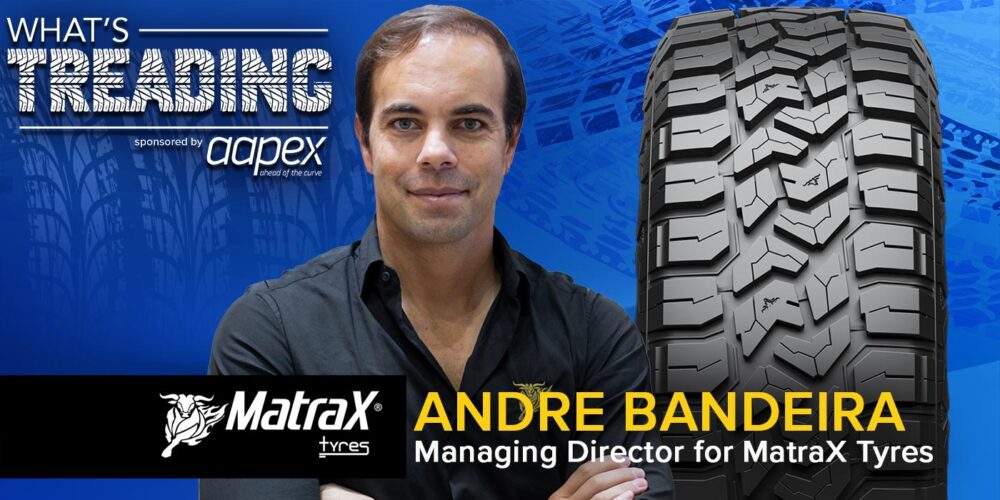The best tire in the world can’t fix a poor balance or worn-out tooling. So how do you ensure that you tighten your shop’s wheel balancing procedures to get the best balance each time? We’ve got a few ideas in this Tire Review Continental Tire Garage Studio video.
A wheel balancer doesn’t care what you’ve loaded onto the shaft. Heck, it will balance an egg, but it won’t ride well! A wheel balancer works by measuring an imbalance of mass, and then indicating where to place counterweights to offset the imbalance. However, to get a truly good balance, you’ll want to do a few things before you even perform the balance.
One of these is to clean the mounting pad and center bore of the wheel. Painted rotors and drums, for example, can cause the assembly to not be parallel to the backing plate on the balancer. This is called stacked tolerances. Imagine that the paint that transferred to the wheel gets put back on the hub of the vehicle where paint is still present. You have double the thickness of paint in one area and none in the other. This will generate a dynamic imbalance or wobble in the assembly.
Then, take a look at your tooling. If your centering tools or balancer shaft are worn enough, the assembly may not be centered to get an accurate reading. Make sure all cones and collets are clean and not nicked or damaged. For the ultimate precision in balancing wheel assemblies on passenger cars and some half-ton trucks, consider expandable collets, or duo collets. These expand like a tulip inside the center bore for perfect centering every time when used with adjustable pin plates.
Next, before assuming that all is well, make sure the balancer is calibrated. A balancer needs to be re-calibrated if it begins to “chase weight,” or continues to ask for more weight once the first wheel weight is applied. Typically, a single amount of weight placed in one or two planes is all that is needed and usually no more than one to two ounces is needed, depending on tire size. Chasing weight could result in customer comebacks for poor ride quality.
Lastly, consider sub-harmonic vibration near your balancer. Are you located near a major highway or train tracks? Anything from floor vibration due to a compressor to bumping the balancer or uneven floors can cause the balancer to indicate erroneous weight placement and amounts.
Yes, the right tools and time to do the job right cost money. But examine your pricing for providing this level of service and you might be surprised at how much you can increase profits by offering precision balancing.
Don’t forget to follow us on Instagram and Facebook and subscribe to our YouTube channel for more tire, service and shop operations videos.













